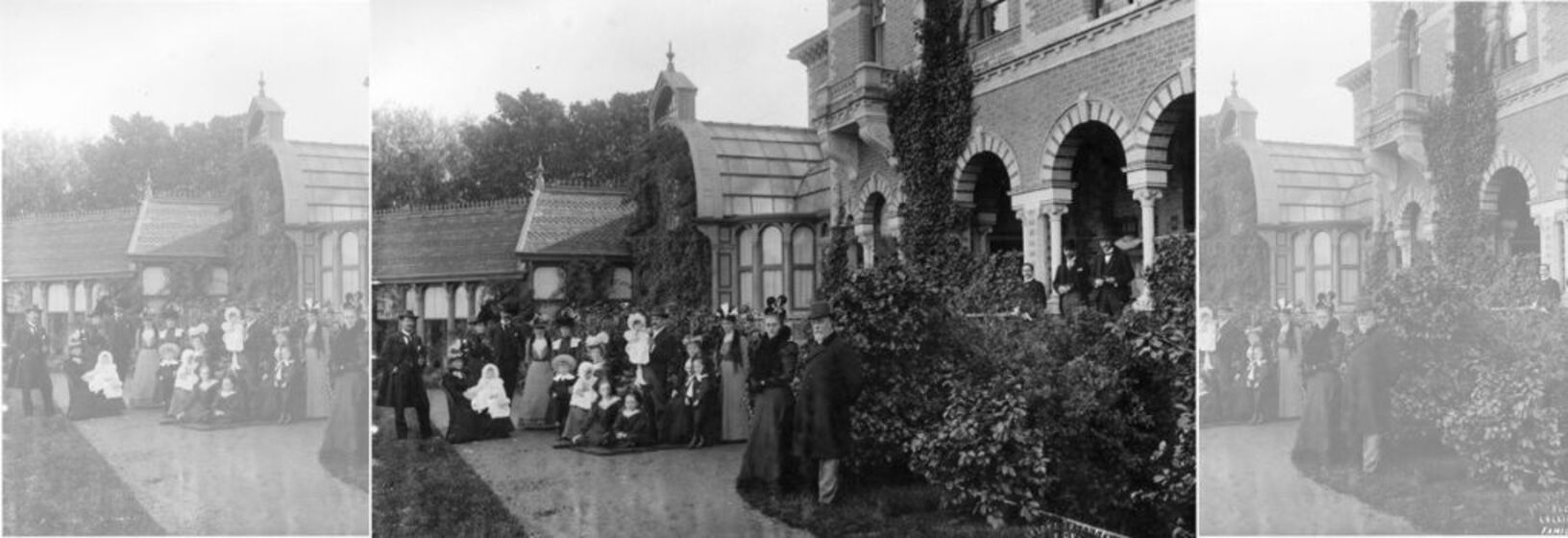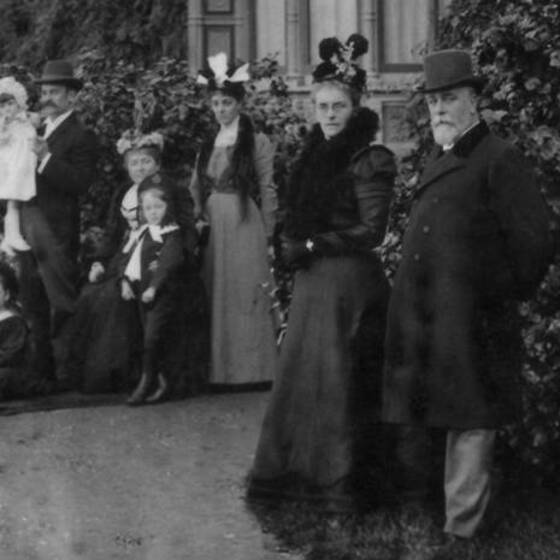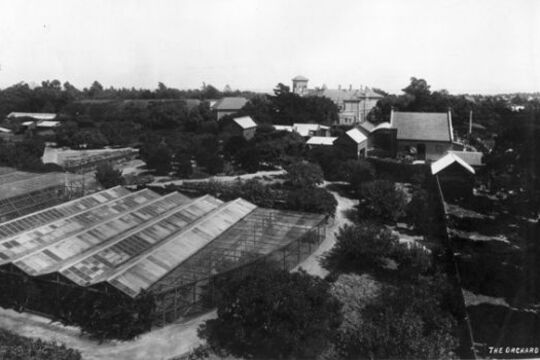Rippon Lea Estate
"Do you remember the garden in which you grew up, or the part the backyard played in your family life? Imagine if you had actually grown up in one of Australia's finest gardens.
Created in the English-landscape tradition which traces its roots back to Capability Brown and Humphry Repton, Rippon Lea is one of Australia's most important historic homes, exemplifying the lifestyle of wealthy families living in 19th and 20th century Australian cities. Although its architecture and that of its outbuildings is impressive, it is the mansion’s gardens, which are truly remarkable, both for their landscape qualities and because they have survived many threats and changes in the past 130 years.
Today, the amenities offered by a typical garden are still greatly valued: a safe place for children to play, somewhere to dry the washing, a plot for vegetables and a flower garden that adds colour and produces blooms for the home. Today as then, the scale differs but the experience of owning a garden - with its balance of utility and ornament - is essentially the same.
The National Trust of Australia (Victoria) now runs Rippon Lea as a museum, conserving the architecture and the landscape, and presenting the social history of the owners and their servants. Visitors to Rippon Lea enter a mansion preserved as the Jones family lived in it after their 1938 modernisation. In the pleasure garden the Sargood era is evoked by the staging of a range of performing arts events including opera, theatre, chamber music and outdoor activities."
The text above has been abstracted from an essay Solid Joys and Lasting Treasure: families and gardens written by Richard Heathcote for the publication The Australian Family: Images and Essays. The entire text of the essay is available as part of this story.
This story is part of The Australian Family project, which involved 20 Victorian museums and galleries. The full series of essays and images are available in The Australian Family: Images and Essays published by Scribe Publications, Melbourne 1998, edited by Anna Epstein. The book comprises specially commissioned and carefully researched essays with accompanying artworks and illustrations from each participating institution.
















